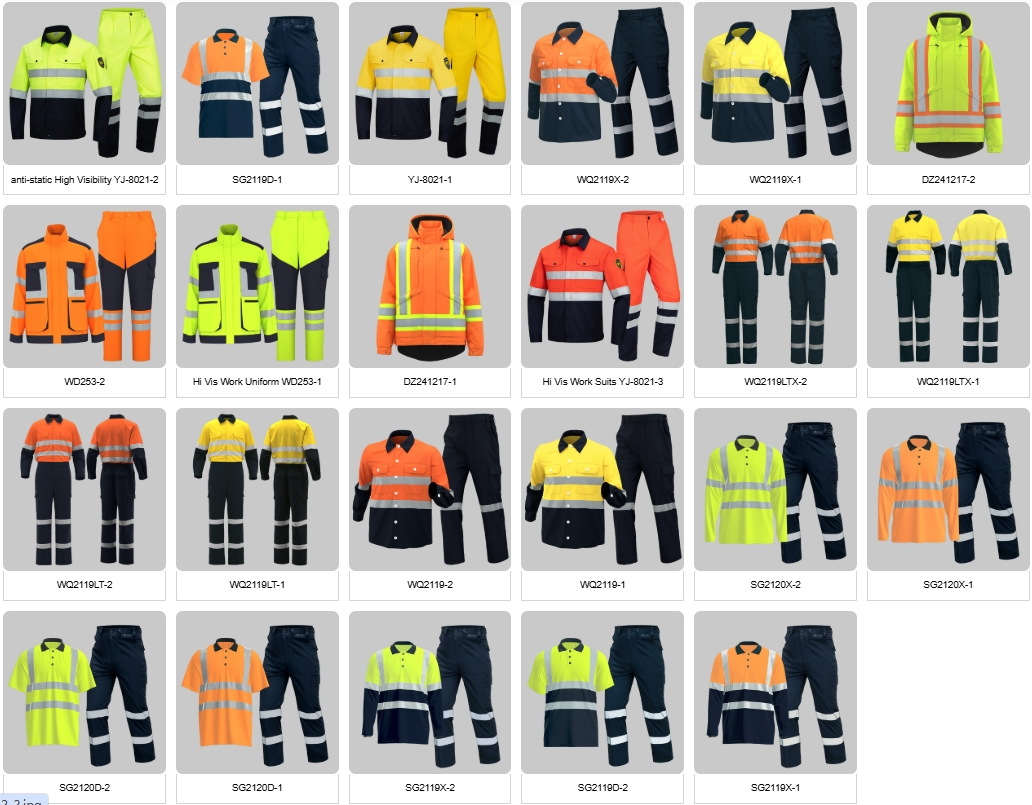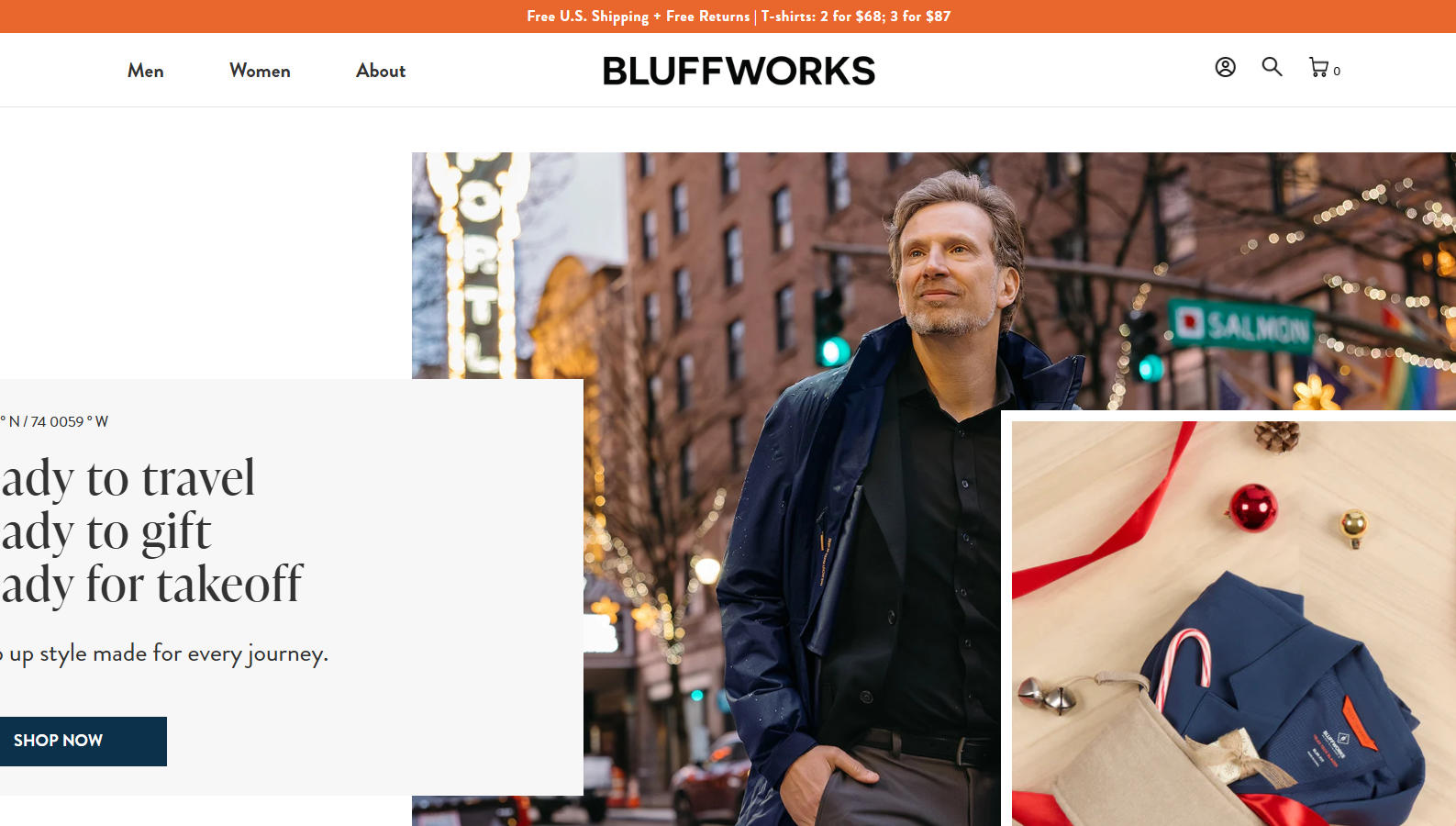China’s clothing manufacturing industry is vast and diverse, ranging from massive vertical factories that produce millions of items for global brands to small, specialized workshops focused on niche markets.
It’s more useful to think in terms of types and clusters of factories rather than a simple list, as the best factory for a startup fashion brand will be completely different from the best for a large big-box retailer.
Here is a comprehensive breakdown of the landscape.
1. Key Industrial Clusters (Where to Look)
China’s garment production is concentrated in specific geographic regions, each with its own specialty.
-
The Pearl River Delta (Guangdong Province): The powerhouse, known for scale, efficiency, and high-quality production.
-
Guangzhou: A massive hub, especially the Baiyun District. Known for fast fashion, women’s wear, and a huge range of accessories.
-
Dongguan: Home to many high-quality, technically advanced factories. Excellent for denim, sportswear, and complex outerwear.
-
Shenzhen: Focused on higher-end fashion, designer wear, and techwear. Generally higher cost but superior quality and design sensibility.
-
Panyu (part of Guangzhou): Famous for knitwear.
-
-
The Yangtze River Delta (Zhejiang/Jiangsu Province): Known for raw materials, silk, and woolens.
-
Hangzhou (Zhejiang): The heart of China’s silk production.
-
Ningbo (Zhejiang): A major port city with a strong focus on men’s suiting and formalwear.
-
Shaoxing (Zhejiang): A massive textile hub with the largest fabric market in Asia (Keqiao). Many factories here are vertically integrated.
-
Wenzhou (Zhejiang): Known for leather goods and shoes.
-
-
Other Key Regions:
-
Fujian Province: A giant in sportswear, footwear, and activewear. Cities like Jinjiang and Quanzhou are home to major brands and their suppliers.
-
Jiangsu Province: Specializes in high-quality home textiles and garments.
-
2. Types of Factories
-
Vertical Factories: They control the entire production process under one roof (spinning, knitting/dyeing, cutting, sewing, finishing). They offer better quality control and faster turnaround times but are typically for larger orders.
-
Example: Esquel Group is a famous vertical manufacturer specializing in premium cotton shirts.
-
-
FOB (Free on Board) Factories: These are the most common type. They handle the cut-make-trim (CMT) process. You provide the design, and they source the fabric and components (thread, zippers) based on your budget, or you can source your own fabric. They are highly flexible.
-
OEM (Original Equipment Manufacturer) / ODM (Original Design Manufacturer):
-
OEM: They produce a product to your exact design and specifications.
-
ODM: They can design and produce a product for you. You can often buy existing designs “off-the-shelf” and just add your label. This is very common for basic items and startups.
-
-
Small Batch / Sample-Sized Factories: A growing segment catering to startups and small brands. They accept low Minimum Order Quantities (MOQs), sometimes as low as 50-100 pieces per design. These are often found on B2B platforms like Alibaba.
3. How to Find and Vet Factories
You don’t just pick a name; you find a partner that matches your needs.
1. Define Your Needs:
-
Product Type: Are you making denim jeans, silk dresses, or technical jackets?
-
Order Volume (MOQ): How many pieces per style/color do you need?
-
Quality Level: Are you targeting fast fashion, mid-market, or luxury?
-
Budget: This is the most critical factor.
2. Use B2B Platforms (Good for initial contact, but vet carefully):
-
Alibaba.com: The largest. Use the “Gold Supplier” and “Assessed Supplier” filters. Look for factories with trade assurance.
-
1688.com: The domestic Chinese version of Alibaba (all in Chinese, often lower prices).
3. Attend Trade Shows (The best way to meet vetted suppliers):
-
Canton Fair (China Import and Export Fair): The largest and most comprehensive, held in Guangzhou twice a year.
-
China International Fashion Fair (CHIC): Focused on fashion brands.
-
Intertextile Shanghai: A massive fabric and accessory show where many garment factories also exhibit.
4. Hire a Sourcing Agent:
A good agent based in China has existing relationships with reliable factories, can conduct quality control, and negotiate on your behalf. This is highly recommended for new importers.
4. Examples of Well-Known Factories (for context)
-
TAL Apparel: A Hong Kong-based giant producing dress shirts and trousers for major brands like J.Crew, Brooks Brothers, and Nordstrom. Known for innovation and efficiency.
-
Luthai Textile: A vertically integrated company famous for high-end shirting fabrics and garments.
-
SHEIN’s Network: While not a single factory, fast-fashion giant SHEIN works with a vast, agile network of thousands of small-to-mid-sized factories in the Pearl River Delta, organized through a high-tech, on-demand system.
Critical Steps for Vetting a Factory:
-
Check Credentials: Ask for business licenses and export history.
-
Request Samples: Never place an order without seeing a production sample (not just a prototype).
-
Ask for a Factory Audit Report: Reputable factories often have recent audits (like BSCI or Sedex) that verify social compliance and working conditions.
-
Communicate Clearly: Ensure they have English-speaking staff or use a clear tech pack (technical design package).
-
Start Small: Place a trial order before committing to a large production run.
Conclusion:
There is no single “best” clothing factory in China. The right choice is a strategic match based on your product type, volume, quality requirements, and budget. The most successful brands start by clearly defining their needs and then diligently researching and vetting potential partners within the relevant industrial clusters.
For some insightful reads, we’ve curated a list of recommended articles just for you:
- How do I find a product manufacturer in China?
- How to find cheap manufacturers in China? A guide to avoid pitfalls
- How to complete your first purchase of workwear in China safely and efficiently
- Custom uniforms for Small business
- Choosing the Best Industrial Work Suit
- Ultimate Guide: Best Wholesale Work Clothes in China
- Cut & Sew Customization
- Logo Customize Clonthing Manufacturer
- Labour Uniform manufacturer
- Labor clothing uniform for sale
- Working clothes china wholesale
Can’t find what you’re looking for? Feel free to contact us. We’re here to help 24/7.





